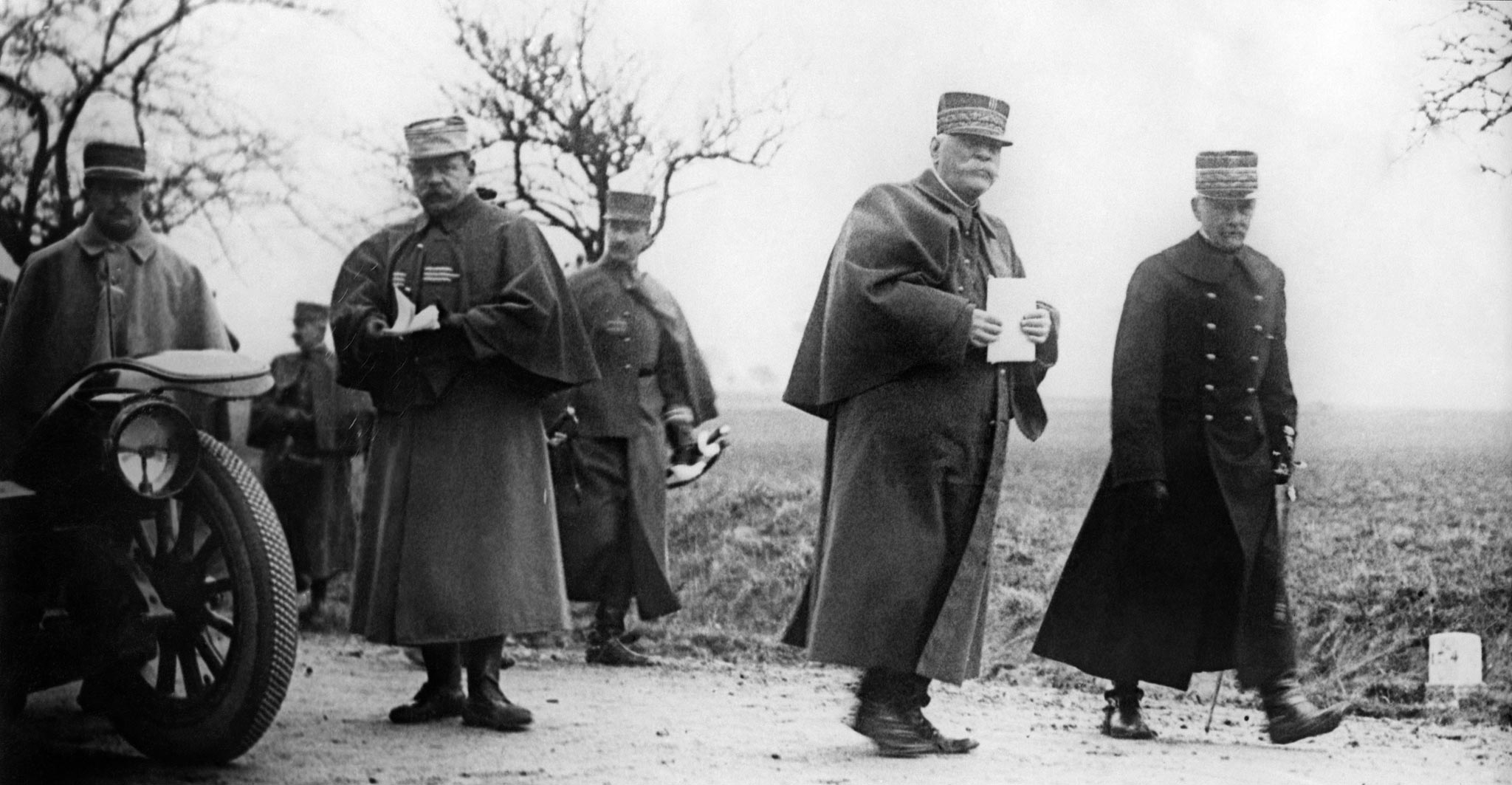A History of the First World War in 100 moments: The legend of 'the taxis of the Marne'
No.9 Paris, 7 September 1914: In the early weeks of the conflict, getting troops to the right place quickly could be a matter of life or death. One particular episode has passed into French legend. John Lichfield continues our daily series marking the centenary of the First World War

On 6 September 1914, 600 Paris taxis, we are told, saved France from calamity.
They transported 6,000 soldiers to reinforce a French and British attack on the five German armies blundering over the plains east of Paris (now the home of Disneyland Paris).
Their arrival tipped the balance in one of the most important battles in history. A lightning German advance through Belgium and northern France in the first weeks of the war was checked. The German commanders panicked and retreated behind trench lines from the North Sea to Switzerland.
The total taxi-meter bill to take the 7th Infantry Division to the Battle of the Marne, settled by the French war ministry, came to Fr70,102, or £3,500.
If you accept the legend of “the taxis of the Marne”, there was another, bloodier bill. The Marne prevented an early German victory and prolonged the First World War through a further four years and two months of mass slaughter.
Is the taxi legend true? Sadly, no – or, at least, only in part. The Battle of the Marne was one of the most significant battles of European, and world, history. Scarlet Renault taxis were commandeered from the streets of Paris. But they delivered reserve troops who occupied rear positions and scarcely fought. More than two million men – mostly French and Germans but also 70,000 members of the British Expeditionary Force (BEF) – fought in the Battle of the Marne. The 6,000 taxi-borne reinforcements were an anecdotal pinprick, skilfully used by the French government to promote the idea that a “sacred union” of soldiers and civilians had come together to fight a great patriotic war.
Three things did make a difference on the Marne. The first was a monumental German blunder. Berlin’s grand invasion plan – the Schlieffen Plan – envisaged that some German armies would go around Paris to the west. Instead, the whole of the German attacking force pivoted to the east, threatening to squeeze the retreating French and British against other German armies advancing from Lorraine. Historians differ over why the plan was changed. The fog of war? Over-confidence?
The second decisive factor was spotter aircraft, which played a decisive role in warfare for the first time. It was a French plane which first reported that all the German armies had wheeled to the east of the capital. General Joffre, the French commander, saw his chance. The Germans were marching into a trap. On 5 September, three French armies and the British force attacked the Germans in the flank and the rear.
The defeatist British commander, General Sir John French, originally refused to take part in the attack. He blamed the French (unfairly) for his terrible losses in the first two weeks of the war. He did not want to fight with the French again until more British troops arrived. The war minister, Lord Kitchener, was dispatched from London to order him into battle.
The BEF, although small, was the third decisive factor. A wedge was driven between the two main German forces by the British and by the French Fifth Army under General Franchet d’Espèrey (known as “Desperate Frankie” to the British staff).
On 9 September, it seemed that an entire German army, 200,000 strong, would be cut off. But the French and British advanced so slowly that, some historians insist, they missed an opportunity to end the war. Instead, the Germans escaped to impregnable defensive positions on the northern bank of the river Aisne. The two enemies raced to the Channel coast, each trying to outflank the other. Neither won.
The Germans dug in, on high ground where they could find it. The First World War – the war of trenches, barbed wire, machine guns and mustard gas – was about to begin.
Did the French war ministry really pay the metered fares for 600 taxis to the river Marne? Apparently, it did. The actual amount shown was Fr70,102.
But there was a cap on the meters. The drivers were cheated out of their full fares.
Sunday's paper
Death of a deserter
The series continues in tomorrow’s ‘Independent on Sunday’. Earlier ‘Moments’ are at independent.co.uk/greatwar
Join our commenting forum
Join thought-provoking conversations, follow other Independent readers and see their replies
Comments